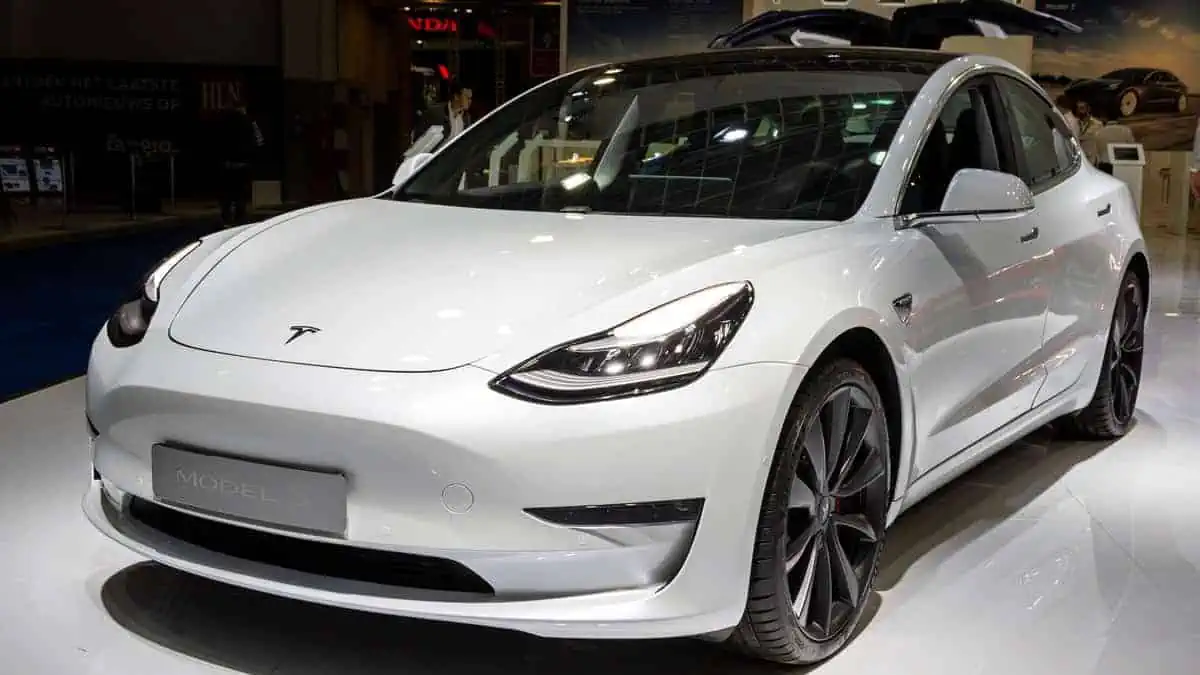An upcoming German offshore wind farm in the North Sea is set to utilize China-made turbines, marking a first partnership of its kind in the clean energy industry.
Germany turns to China for cutting-edge turbines
Hamburg-based clean energy asset manager Luxcara formally inked a “preferred turbine supplier agreement” with Chinese company Mingyang Smart Energy for the planned offshore wind farm project Waterkant in the German North Sea.
According to the official press release, Luxcara’s reservation agreement with Mingyang Smart Energy involves a potential acquisition of 16 of the world’s most powerful offshore wind turbines with a maximum of 18.5 megawatts (MW) capacity each.
The company plans to install these China-made wind turbines in 2028.
Energy generation capacity
Mingyang Smart Energy’s offshore wind turbines feature a rotor diameter of 260 meters (853 feet).
Once it launches operation, the Waterkant wind farm can generate enough clean energy to power approximately 400,000 households in Germany.
It can substantially aid the German government’s efforts to have renewable energy account for 80% of the country’s power mix by 2030.
“By deciding for the world’s most powerful offshore wind turbine, we will be able to expedite Germany’s energy transition while fostering much-needed competition in the industry. In any case, management, operation and control of the Waterkant wind farm will remain entirely in the hands of an independent German company.”
Project Director at Luxcara and Managing Director of the project company Waterkant Energy
Decision sparks debate on supply chain and security
Luxcara initiated an international tender late last year. It even stated in its selection announcement that the decision for Mingyang’s wind turbines was based on “an extensive due diligence exercise, covering the supply chain, ESG compliance aligned with the EU taxonomy, and cybersecurity supported by independent experts from renowned international advisers.”
However, a German economy ministry spokesperson told international news agency Reuters that it will inspect the security and competition aspects of the planned German offshore wind farm with China-made turbines.
“The federal government will look at this decision very closely. On the one hand, in relation to the question of critical infrastructure. On the other hand, the level playing field must be maintained in relation to competition.”
Unnamed spokesperson of Germany’s economy ministry
The European wind energy industry’s lobbying group, WindEurope, is asking for fair competition amid the emergence of lower-cost Chinese turbines.
“Germany and the European Union must consider whether they see wind energy as a strategic sector before it is too late.”
WindEurope
These concerns are no longer surprising, especially amid the ongoing government efforts to curb Chinese-made electric vehicles in the European Union. Europe’s clean energy industry is voicing concerns about unfair trade practices in the solar and wind sectors due to the notable price gap between cheaper China-made wind turbines and solar panels from European-made products.
It would be crucial for the German government to address this issue, considering its set target of reaching 80% clean energy by the end of the decade.
Notably, the Waterkant project is part of a project portfolio that Luxcara advises on behalf of institutional investors. These investors include pension funds from Germany, wider Europe, and overseas.






